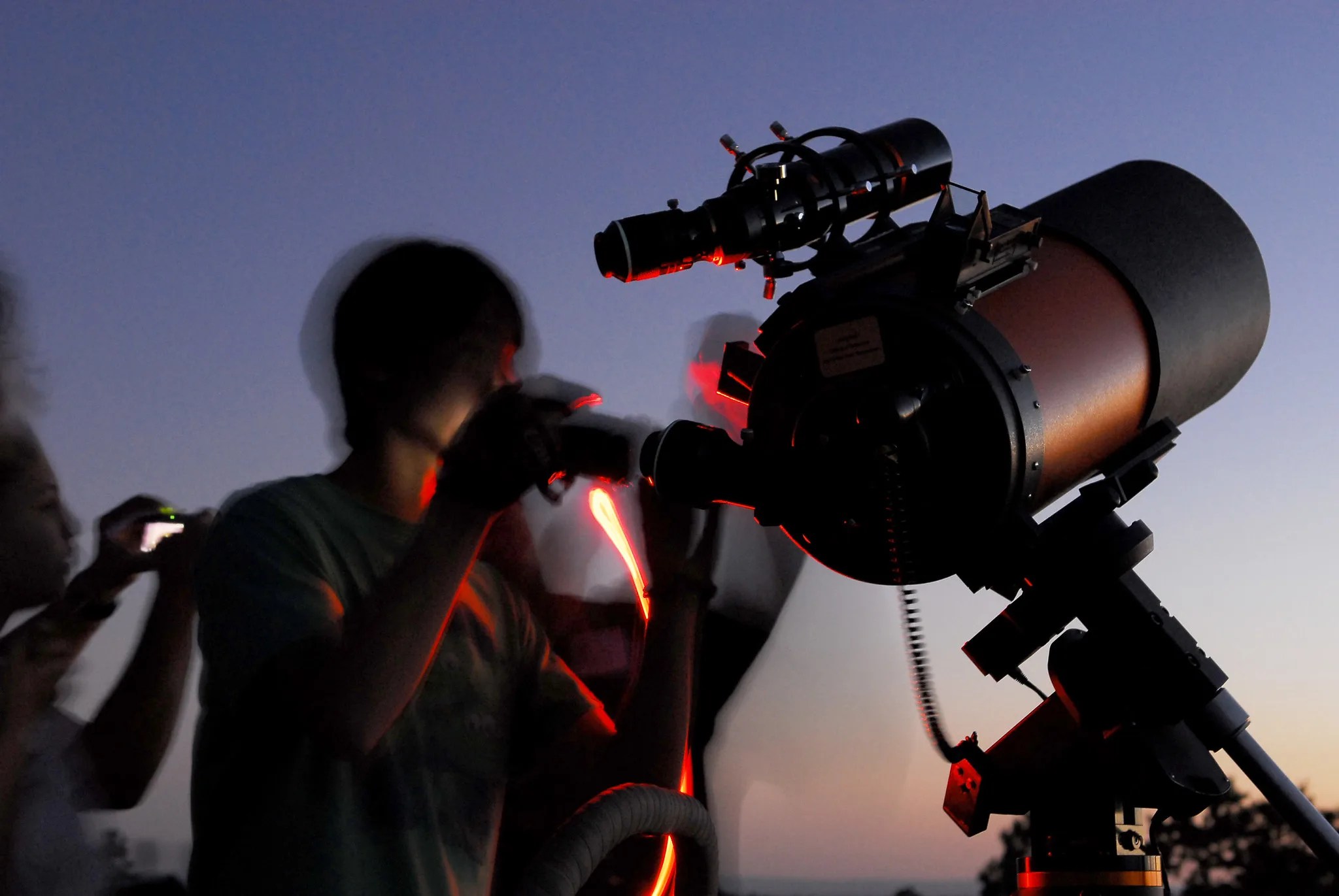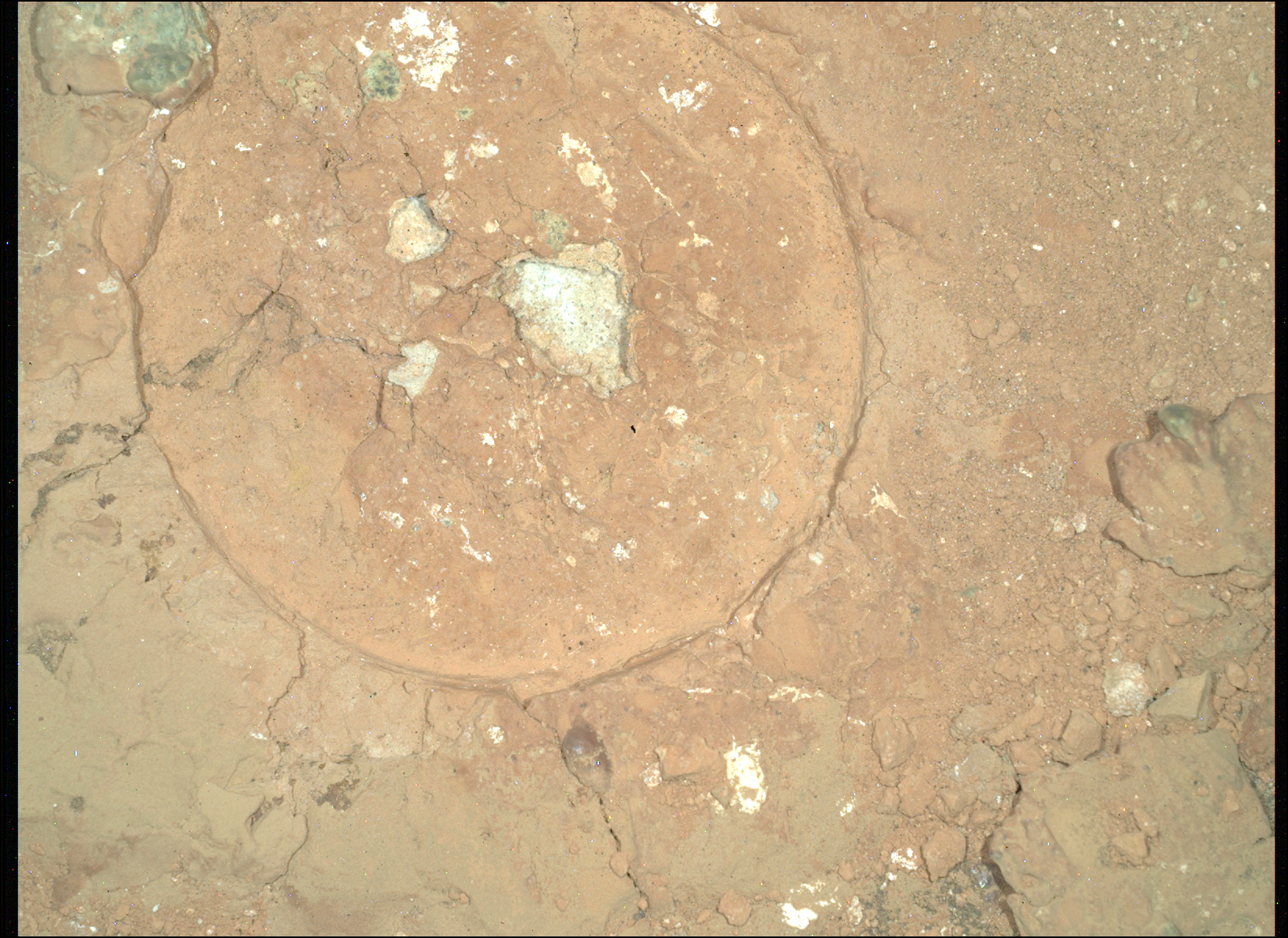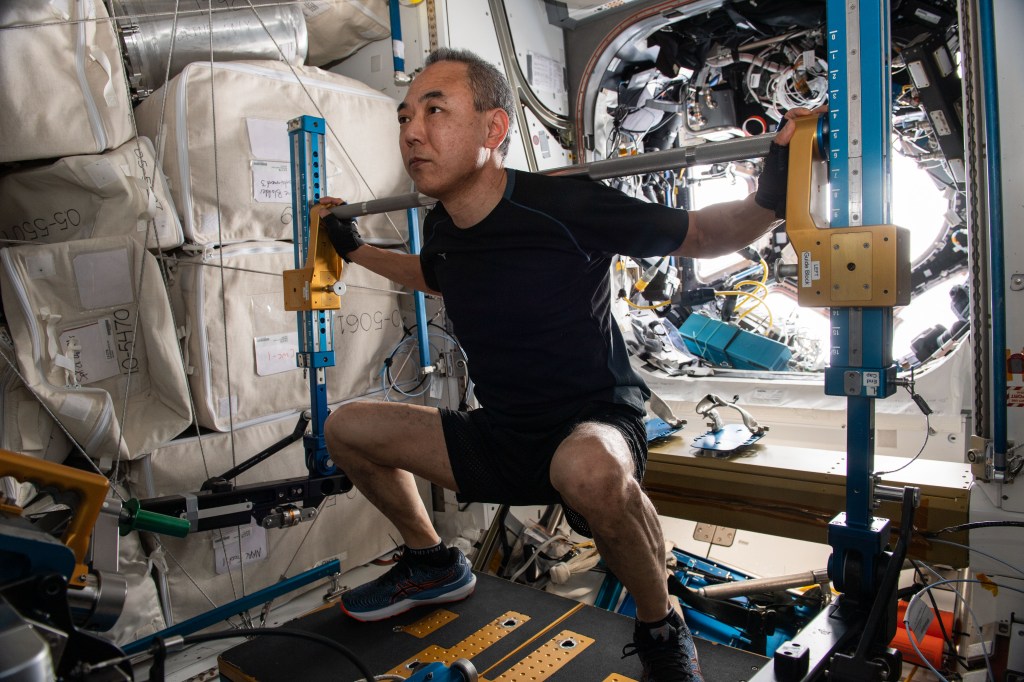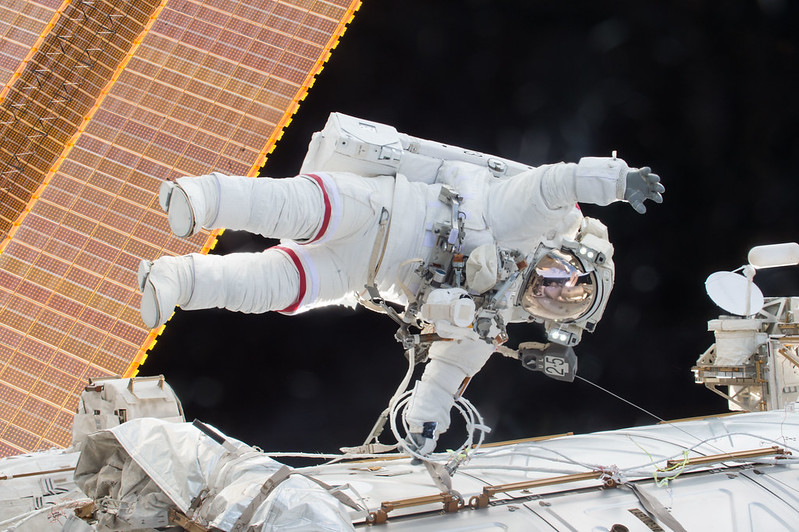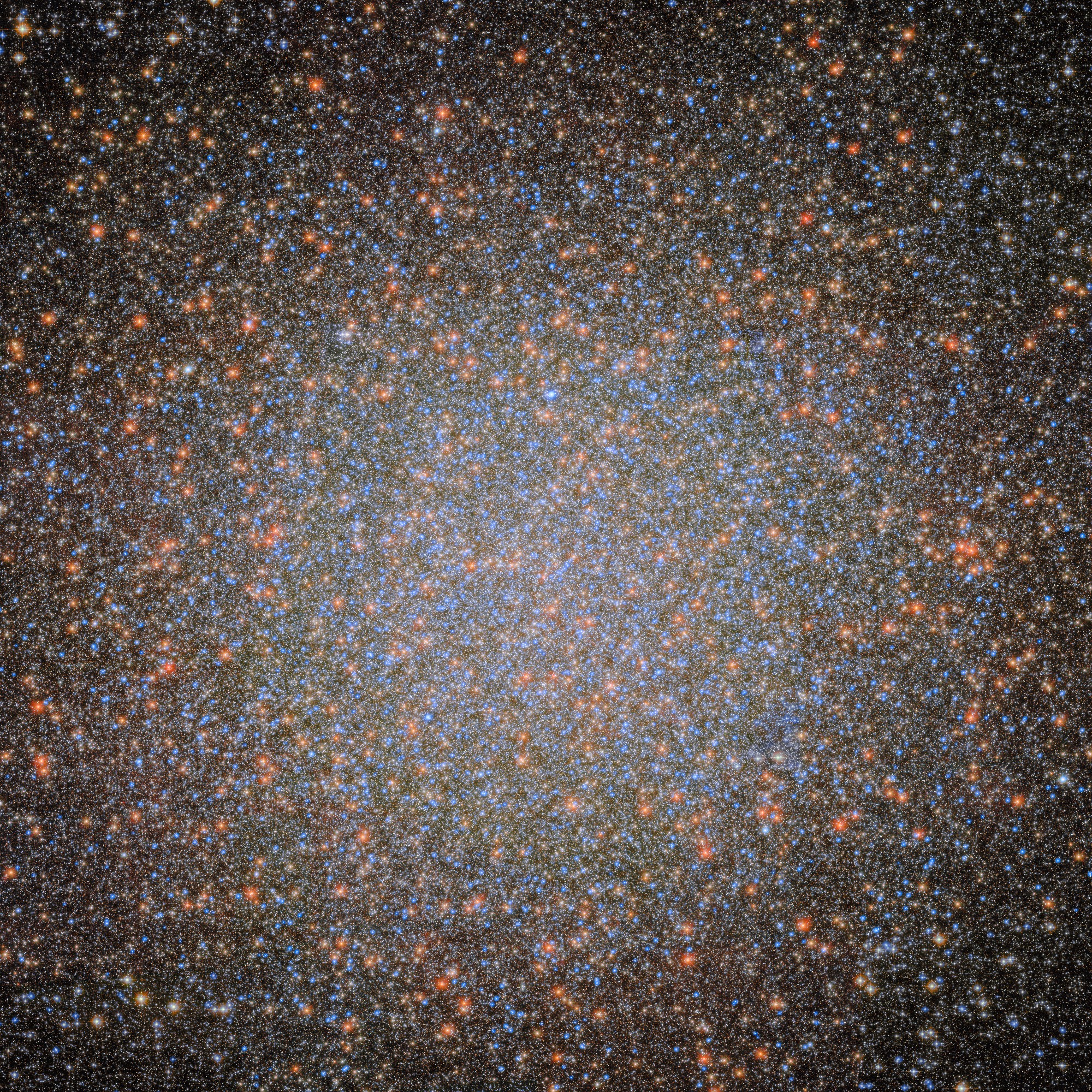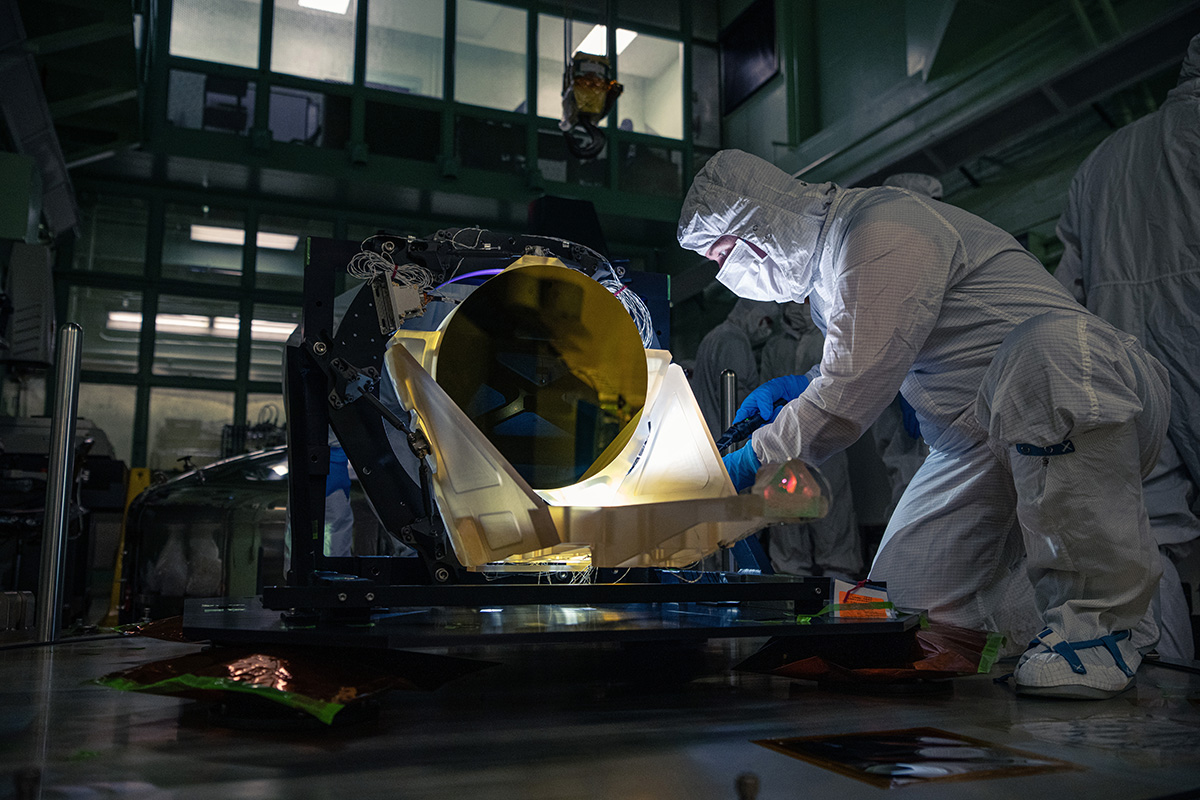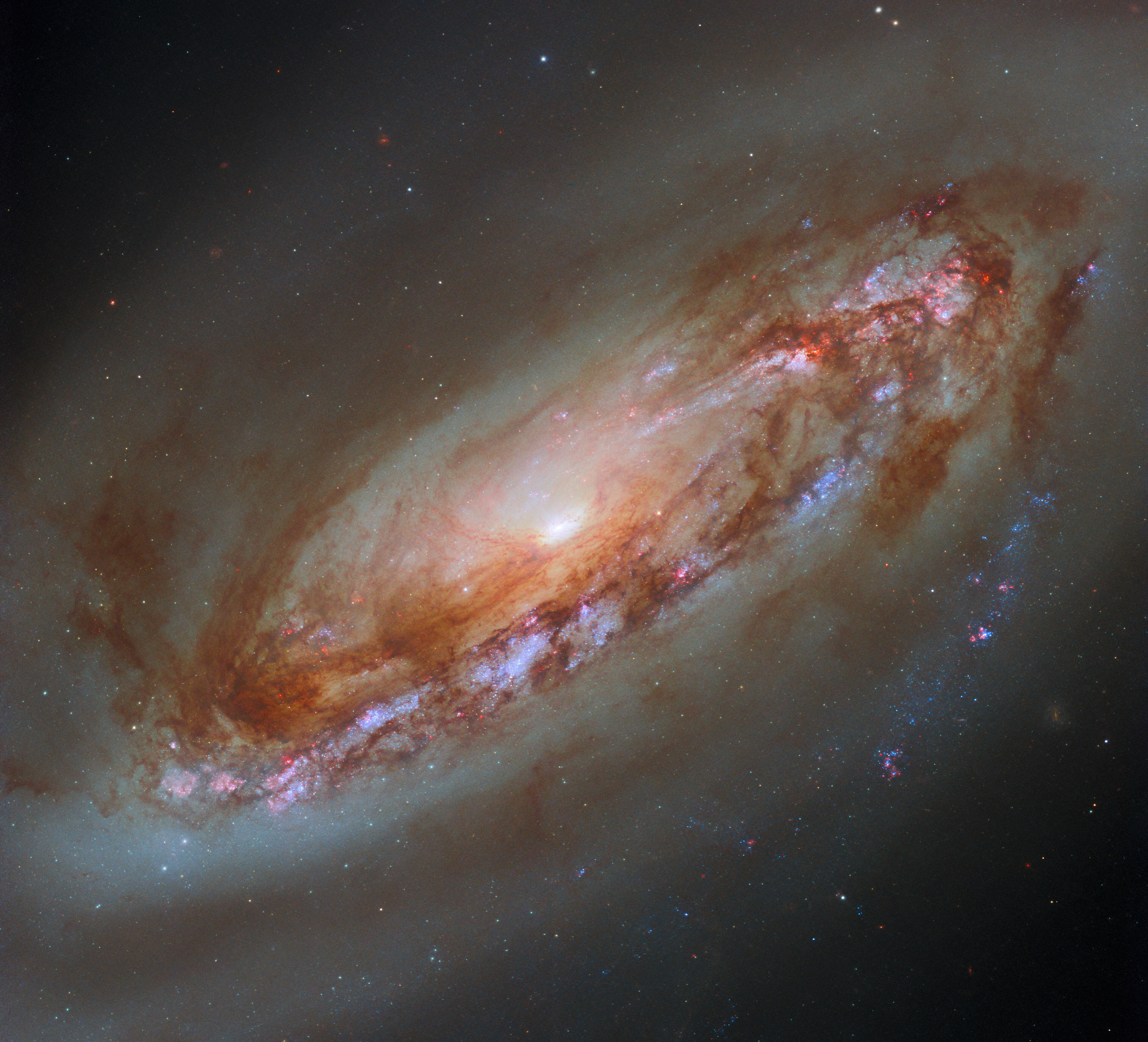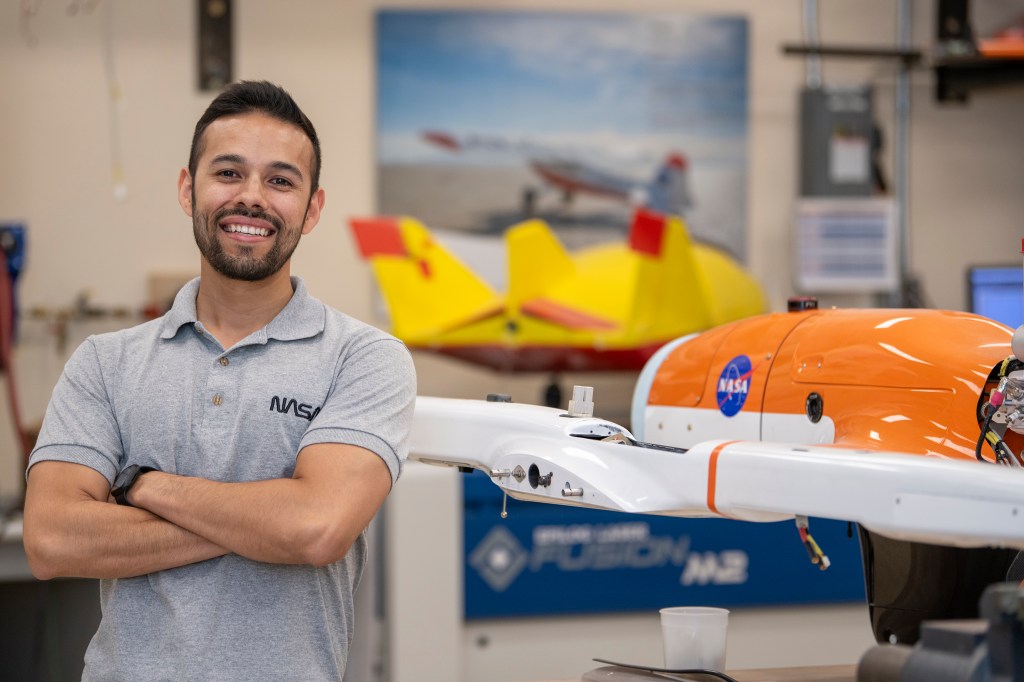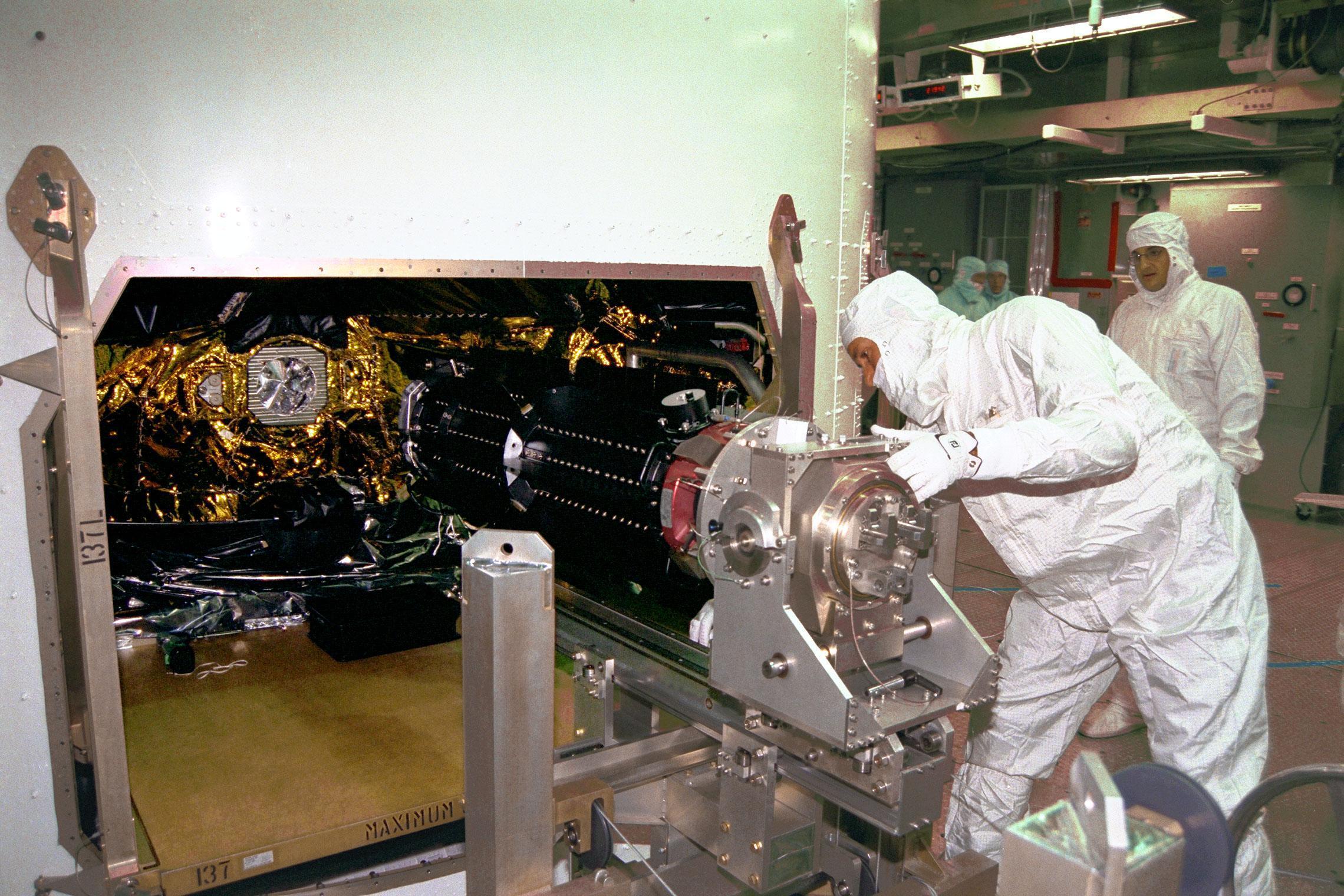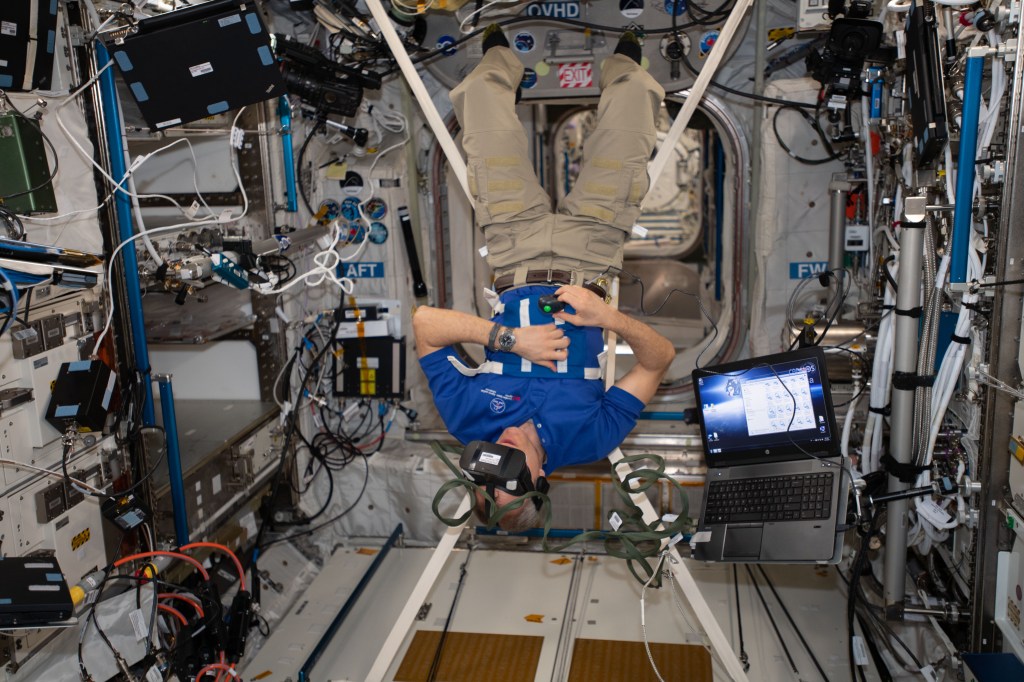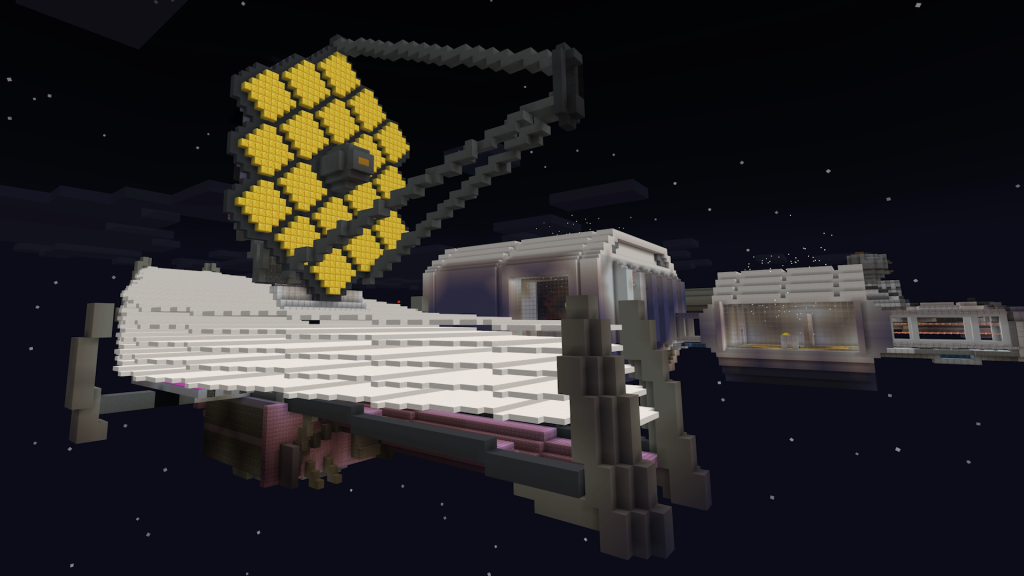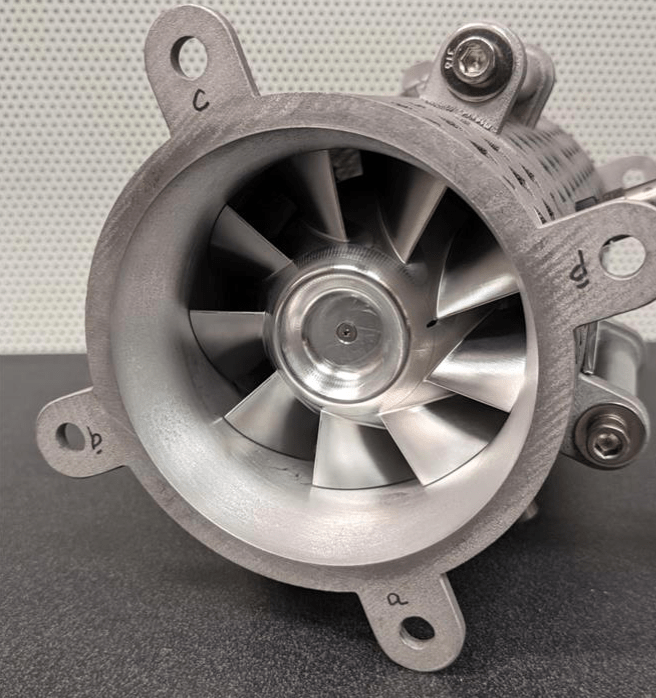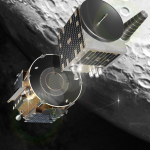
Ames Technology Transfer Office
NASA develops all kinds of technology to solve challenges of exploring space, advancing the understanding of our home planet, and improving air transportation. Often, those same inventions have other untapped applications in other areas. Through patent licensing, those technologies can be transformed into commercial products and solutions that can give your business a competitive edge.
Researchers at NASA Ames Research Center submit hundreds of invention disclosures every year, creating a notable portfolio of intellectual property that is available to U.S. industry, academia, and other government agencies for public benefit. There have been countless success stories of NASA technologies that have been transformed into commercial products and services, the next story could be yours!
Patent Portfolio
NASA’s Patent Portfolio contains over 1,200 NASA-developed patented technologies that are available for licensing. This is where you’ll find a technology that may fit your organization’s needs.
License Application
From our patent portfolio you can easily identify technologies suited for your business needs. Once you’ve found a technology, applying for a technology license is simple and straightforward. With the click of a button, you can begin the online application process using NASA’s Automated Technology Licensing Application System (ATLAS). The system will guide you through every step of the licensing application process and keep you updated about the status of your application.
There are three types of licenses:
- Evaluation License: Allows users to “test drive” the commercial viability of NASA technologies with minimal risk and up-front commitment.
- Standard Commercial License: Allows entities to make and sell products based on NASA technologies and requires detailed commercialization plans and financial documentation.
- Startup License: Allows small businesses to use NASA technologies for commercial use without any up-front costs, while securing the intellectual property needed to carve out competitive market space.
Software Release
Software release occurs when there is a transfer or distribution of software created by or for NASA that develops from work performed by employees of NASA, including contractors and grantees. The software is released outside of the NASA project for use by the public, industry and companies who wish to commercialize it.
There are four Software Release Types:
- General Public Release: for codes with a broad release and no nondisclosure or export control restrictions
- Open Source Release: For collaborative efforts in which programmers improve upon codes originally developed by NASA and share the changes.
- U.S. Release Only: For codes available to U.S. persons only, with no further transfer of the software allowed without the prior written approval of NASA.
- U.S. and Foreign Release: For codes that are available to U.S. and Non-U.S. citizens
- U.S. Government Purpose Release: For codes that are to be used on behalf of the U.S. government.
- Project Release is for use under a contract, grant, or agreement
- Interagency Release is for use by U.S. government agencies
- NASA Release is for use only by NASA personnel and contractors



